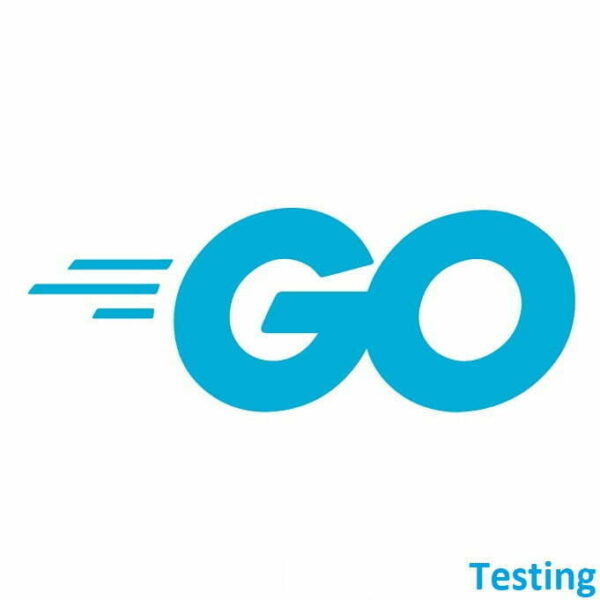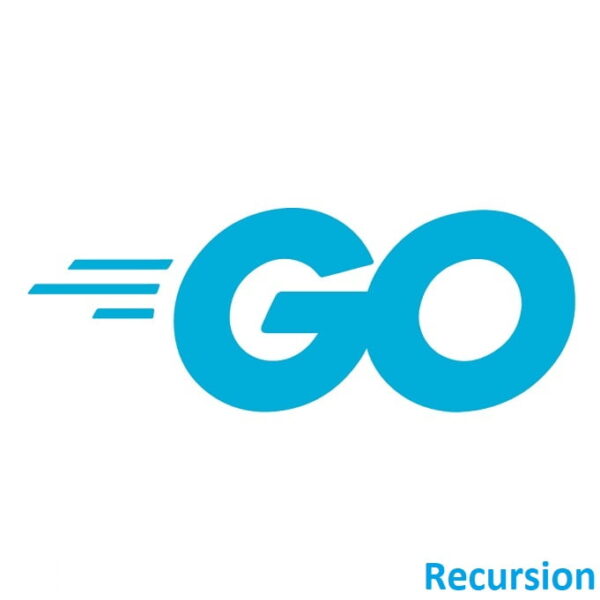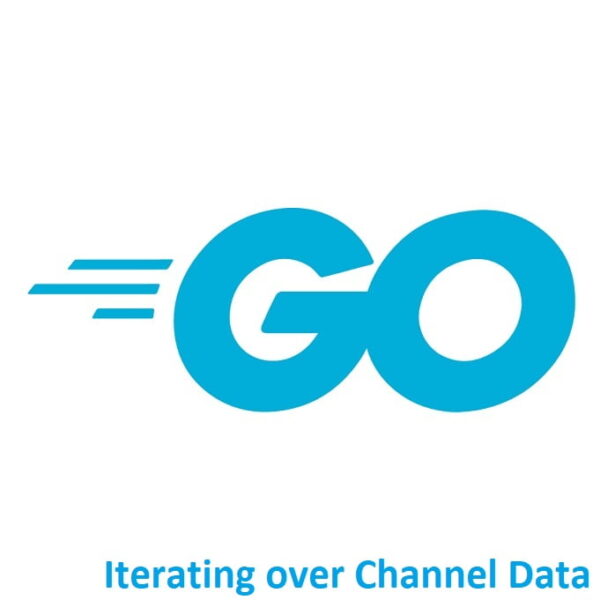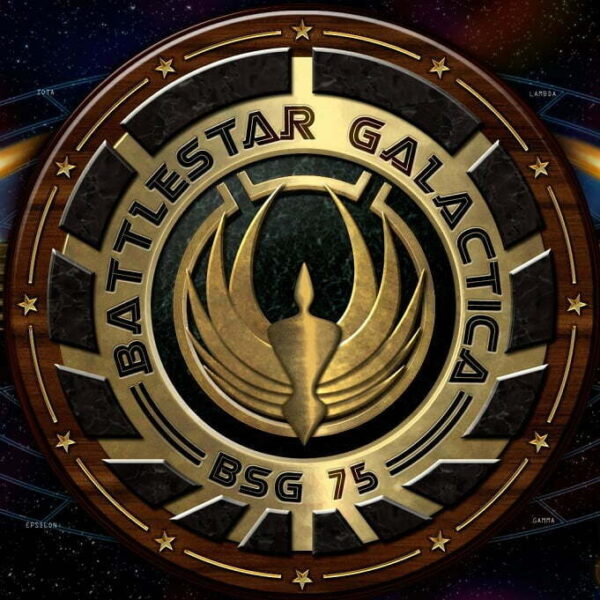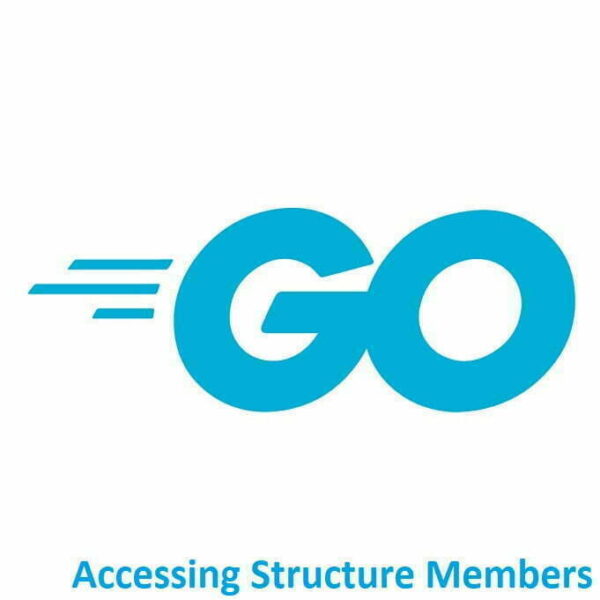Mastering Golang: Basic Testing
Ensuring Code Quality with Effective Testing! Welcome to the world of Golang! Testing is an integral part of the language's development philosophy. The Go standard library includes a built-in testing framework that makes it easy to write and run tests for your code.Basic TestingTest Files: Go conventionally puts test files in the same package as the code they are testing, with a _test.go suffix. For example, if you have a package named myapp, you would create a test file called…
